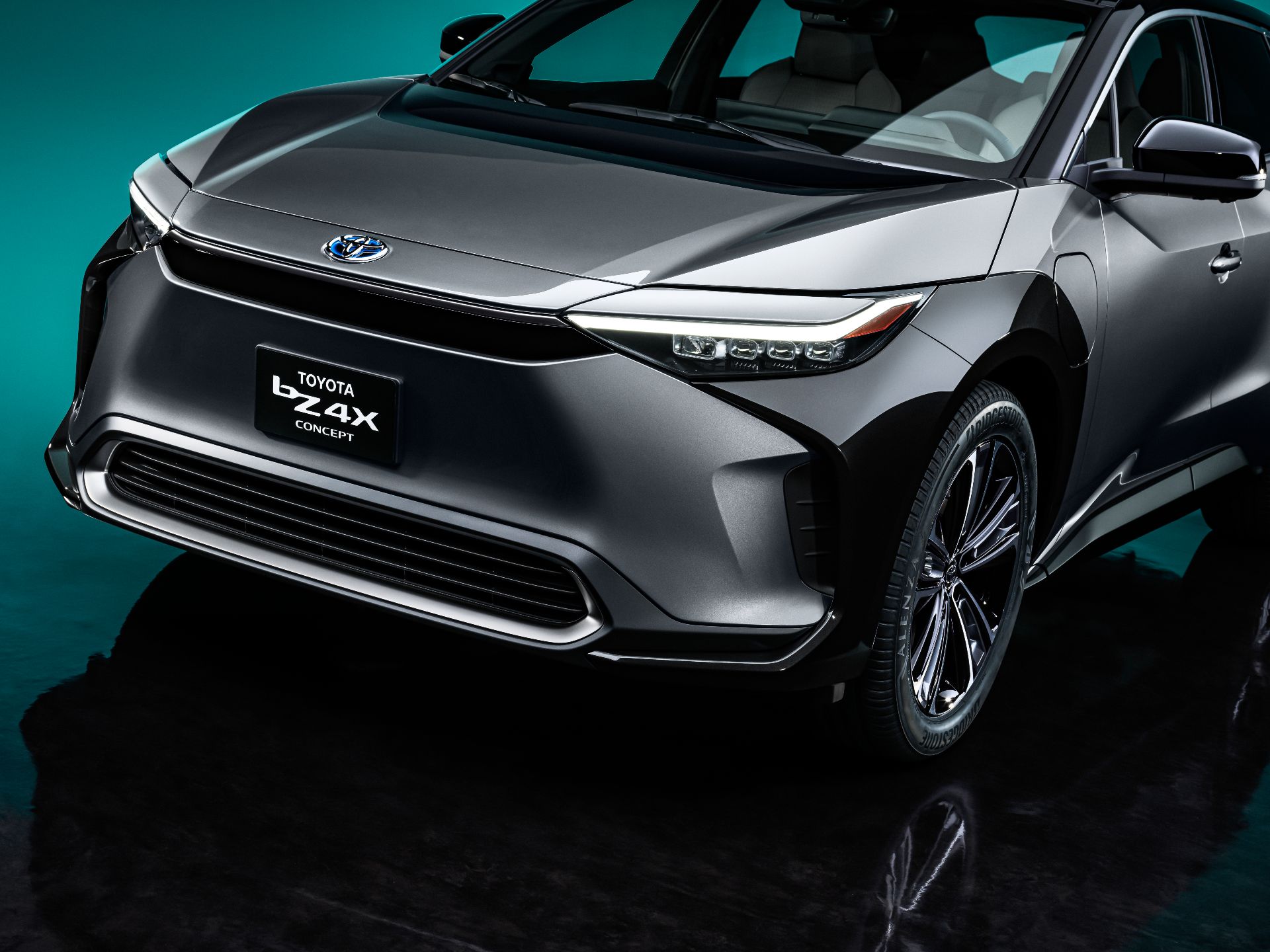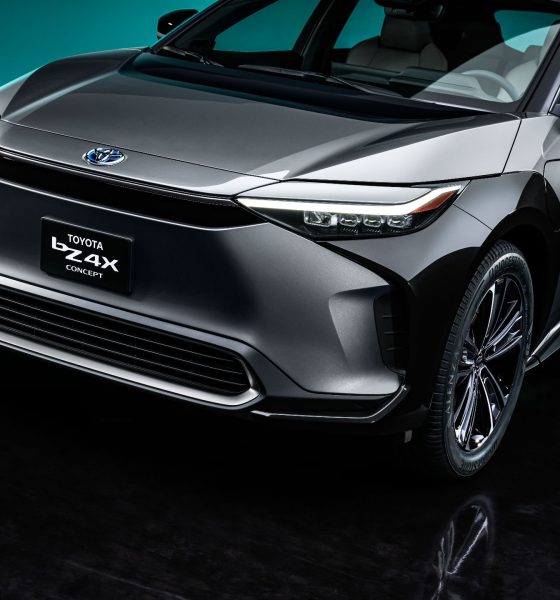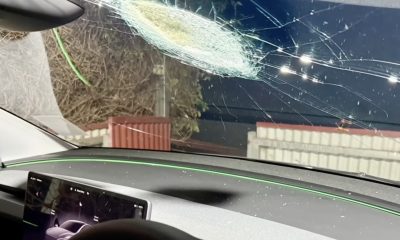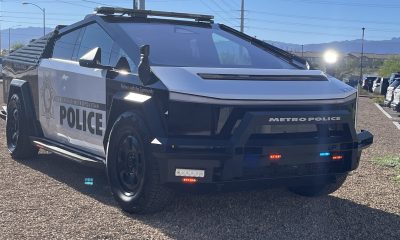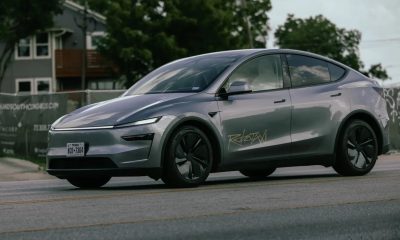Toyota Chief Scientist and Toyota Research CEO Gill Pratt recently shared his thoughts about the climate crisis, as well as the need to reduce carbon emissions in the transportation sector. The executive is quite knowledgeable about sustainable vehicles, as evidenced by the three cars he currently owns: a Toyota Sienna Hybrid, a RAV4 Prime Plug-In Hybrid (PHEV), and an all-electric Tesla Model X.
In a post on Medium, Pratt urged readers to follow the science and acknowledge that a diversified approach to battling climate change is more preferable than a transition to pure electric cars like his Model X. The executive cited the cost of battery production, the need for natural resources, and the emissions of battery manufacturing as reasons for his stance. He also noted that while he loves his 300-mile Model X, his vehicle’s large battery is pretty much wasted on an everyday basis since its range is usually not utilized fully.
“I love my Tesla Model X BEV. But commuting 30 miles in it every day — the average US commute — and recharging it every night is wasteful of the carbon reducing potential of most of its over 300 mile range battery. Sometimes we take the Tesla on long trips. But most of the time, 90% of its battery cells aren’t doing any good, and would reduce carbon much more if they were harder at work in other types of electrified vehicles, including HEVs or PHEVs,” the Toyota Research CEO wrote.
With this in mind, Pratt argued that it would be more efficient if batteries are distributed to more “right-sized” electrified vehicles instead, including hybrids and PHEVs. The cells that could go on one Tesla, for example, could instead be used for several electrified cars. “We hardly ever put gas into our RAV4 Prime PHEV, which has a battery ⅙ as large as our Model X BEV. For the same investment in batteries as our single Model X, five other RAV4 Prime customers could reduce their carbon footprint too,” Pratt explained.
The Toyota executive did note that he is a proponent for increased battery production, the lowering of the carbon footprint of electric power plants, and the expansion of rapid charging stations. However, Patt also argued that in many countries, a lot of the easier carbon reduction of electric power plants had already been achieved by converting them to natural gas, effectively lowering their carbon output by half. Replacing the plants with new nuclear, wind, and solar facilities would be more difficult and more costly, added the Toyota Research CEO.
Ultimately, Pratt noted that he and Toyota believe that the transition to pure electric vehicles, such as those planned in Europe and areas like China, is not the right way to battle climate change. He then noted that in the fight for sustainability, carbon should be seen as the enemy, not the internal combustion engine, as PHEVs and hybrids would, in some parts of the world, generate comparable or even less emissions than pure electric cars.
“I believe, as does Toyota, that it would be a tremendous mistake for governments around the world to prescribe narrow solutions like insisting that all vehicles be BEVs. Instead, the better solution is to allow manufacturers to innovate across a diversity of drivetrains and drivers to choose the low-carbon drivetrain that suits their circumstances best,” he wrote.
While the Toyota Research CEO’s points are notable, the scientist did neglect to mention several developments that are currently ongoing in the battery sector. Battery production costs are going down at a rapid pace, with EVs closing in on price parity with their internal combustion-powered counterparts. The emissions of battery production are expected to be improved over time too, as companies like Tesla innovate and adopt more sustainable technologies such as cobalt-free batteries. Large batteries such as those used in the Toyota executive’s Model X are likely not wasted either despite not being used for their maximum range every day. Battery recycling technologies such as those being developed by Redwood Materials, which is aimed at creating a closed-loop battery supply chain, play a role in making batteries more sustainable as well.
Toyota Research CEO Gill Pratt’s points could be read here.
Don’t hesitate to contact us for news tips. Just send a message to tips@teslarati.com to give us a heads up.
News
Tesla Model Y on FSD saves couple after encountering King of edge cases
Experts have noted that if confirmed, this could be the world’s first recorded meteorite collision involving a Tesla.
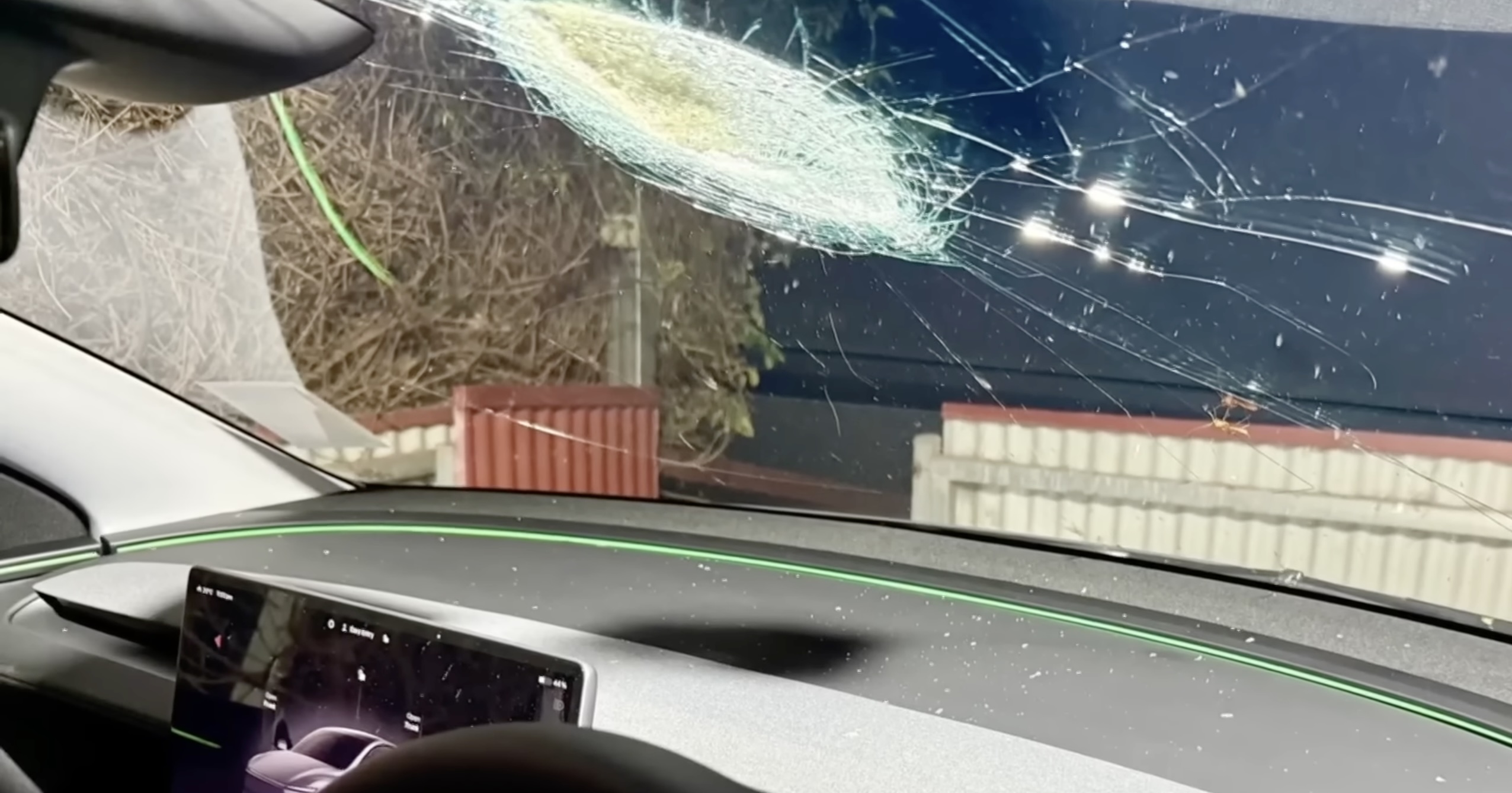
A South Australian Tesla driver is thanking his Model Y’s Full Self-Driving system after a mysterious object, possibly a meteorite, slammed into his car’s windshield while it had FSD engaged.
The impact sent hot glass fragments flying through the cabin as the vehicle continued driving without human input through the darkness. Experts have noted that if confirmed, this could be the world’s first recorded meteorite collision involving a Tesla.
The Tesla owner was enjoying a quiet drive home when they hit the king of edge cases
Veterinarian Dr. Andrew Melville-Smith and his wife were traveling north on Augusta Highway on the night of October 19 when a sudden blast struck their newly delivered Model Y. At the time, it was clear, pitch black night, and Dr. Melville-Smith and his wife were just listening to a podcast while FSD was operating the vehicle, as noted in a Yahoo News report.
Suddenly, something hit the Tesla’s windshield. “Then there was, (what) I can only describe as a very, very violent explosion. The whole inside of the car was literally blasted with glass fragments. It was full of white smoke, and it smelled like the car was on fire,” Dr. Melville-Smith stated.
The vet stated that he and his wife were stunned for a good 10 seconds, and for a bit, he and his wife thought they had crashed. Images of the crash’s aftermath showed a massive crack on the Tesla’s windshield, which Dr. Melville-Smith noted was hot to the touch. The object that hit the Tesla’s windshield was so hot that part of the vehicle’s windshield was partly melted.
FSD kept driving despite the possible meteorite strike
Thankfully, the Tesla was operating with its FSD (Supervised) system engaged at the time. Thus, despite the vehicle being hit by what might be a literal meteorite, and despite Dr. Melville-Smith and his wife being stunned because of the impact, their Tesla just kept driving steadily.
“I thought we’d had an accident, but then I looked at the screen and went ‘Oh, we’re still driving. We were moving around, so it obviously thought we were paying attention, and it was happy to keep driving to Port Augusta. After we pulled over, we saw the big crater in the windscreen,” the vet said.
The South Australian Museum is now examining the case, with geologist Dr. Kieran Meaney stating the scorched glass and heat damage do suggest a potential meteorite strike. “The little detail that’s really selling it for me at the moment is that whatever it was that hit the windscreen seems to have been very hot,” Meaney explained. However, the object has yet to be recovered.
Check out a video of the remarkable edge case below.
News
“Foundation:” Elon Musk wants to send a record of Grokipedia to space
The idea sounds outlandish, though it is also something that is in character for the CEO.
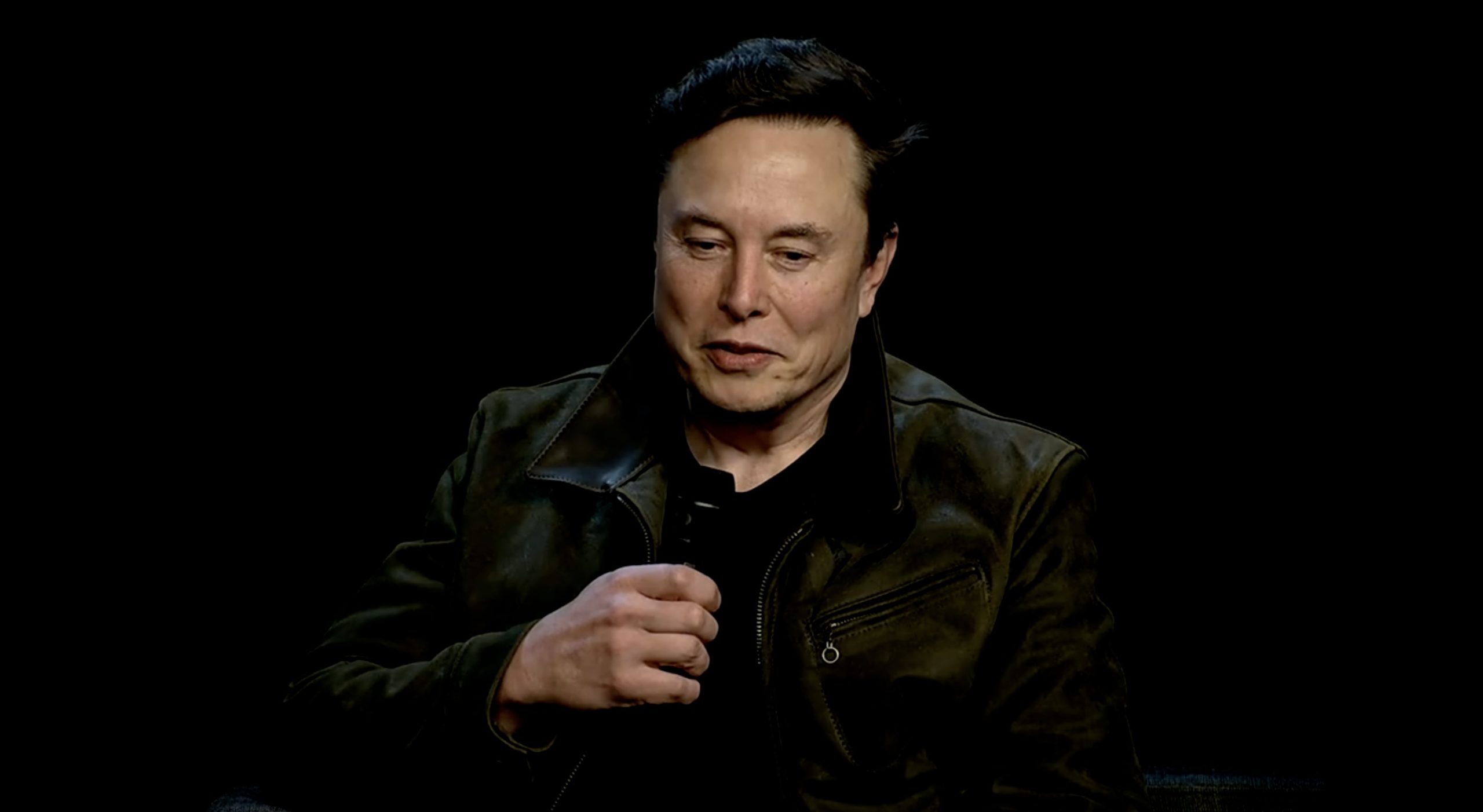
Elon Musk has announced one of his latest initiatives, and it is every bit as sci-fi as it is surprisingly grounded. In a post on X, Musk stated that Grokipedia, xAI’s new open-source encyclopedia, will be etched into stable oxide and launched into space.
The idea sounds outlandish, though it is also something that is in character for the CEO.
Preserving human knowledge among the stars
Musk posted his plan following the launch of Grokipedia’s V0.1’s iteration. The CEO congratulated the xAI team for the online encyclopedia’s launch, though he also stated that the goal for Grokipedia is to create an open-source collection of knowledge. This would then be distributed to the cosmos.
“Nice work by the xAI team on Grokipedia! The goal here is to create an open source, comprehensive collection of all knowledge. Then place copies of that etched in a stable oxide in orbit, the Moon, and Mars to preserve it for the future. Foundation,” Musk wrote in his post.
While seemingly outlandish, this is not the first time that a record of human knowledge of sorts was sent out to space. In 1977, the Voyager Golden Record was launched aboard NASA’s Voyager 1 and 2 spacecraft. The record contains sounds and images that ere aggregated to portray the diversity of the Earth’s culture. Of course, Musk’s plan with Grokipedia, is infinitely more ambitious.
Grokipedia and AI neutrality
Musk launched Grokipedia as an AI-driven alternative to Wikipedia, designed to eliminate the human biases that could affect conventional online knowledge platforms. The system is powered by xAI’s Grok, which scrape and summarize information from across the internet, offering balanced and nuanced coverage of topics ranging from science and technology to culture and politics.
Unlike Wikipedia’s human-edited format, Grokipedia would be able to evolve through machine learning, reading vastly more material than any editorial team could. Early testers, including Wikipedia co-founder Larry Sanger, praised its initial version as “very OK” and potentially more neutral than Wikipedia. Musk agreed, stating that even in its V0.1 form, Grokipedia is “already better than Wikipedia.”
News
Tesla Cybertrucks to save Las Vegas police thousands in fuel and maintenance
Sheriff Kevin McMahill unveiled the new vehicles on Monday, describing them as “the next evolution to keep our community safer than it’s ever been.”
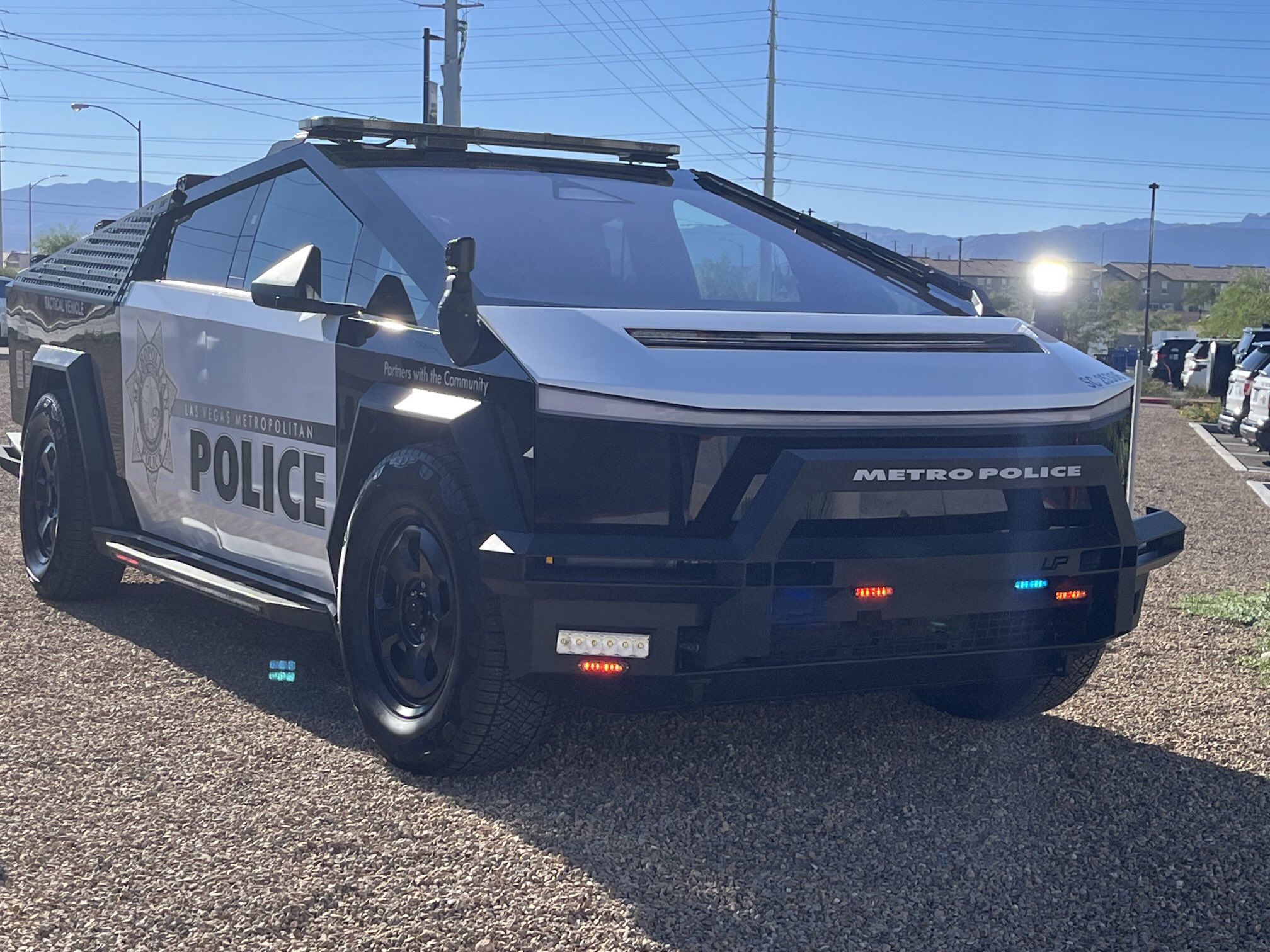
The Las Vegas Metropolitan Police Department has officially unveiled its fleet of Tesla Cybertrucks as part of its push toward a more advanced, cost-efficient, and sustainable patrol system.
Sheriff Kevin McMahill unveiled the new vehicles on Monday, describing them as “the next evolution to keep our community safer than it’s ever been.” The trucks are expected to begin service across all area commands within two weeks.
High-tech patrol fleet
Each UP.FIT-modified Cybertruck has been customized with ladders, shields, and less-lethal equipment to support law enforcement operations. The vehicles will connect to a live drone response hub capable of facial recognition and gunshot detection, enabling drones to launch automatically when alerts trigger. The system streams real-time footage directly to responding officers, enhancing both speed and situational awareness during emergencies.
Officers have already completed training with the new fleet and offered feedback on its performance, according to Fox 5 Vegas. Sheriff McMahill noted that the trucks, along with robot dogs and SWAT vehicles, represent a coordinated effort to combine human expertise with emerging technologies. The Cybertruck rollout was made possible through a donation from the Horowitz family.
Cybertrucks’ major savings
The department’s ten UP.FIT patrol Cybertrucks are among the most American-made law enforcement vehicles available, featuring roughly twice the domestic parts content of comparable Ford and Chevrolet patrol trucks. Beyond their build quality, the electric fleet offers major cost benefits. Each Cybertruck is projected to save between $8,800 and $12,000 in annual fuel costs and roughly $3,540 in maintenance over a five-year service life.
With regenerative braking, factory ballistic-resistant doors, and no idling fuel burn, the Cybertruck platform provides higher uptime, lower total cost of ownership, and a quieter patrol experience, all while reducing the department’s carbon footprint. Sheriff McMahill confirmed each area command will receive one of the new patrol units.
-
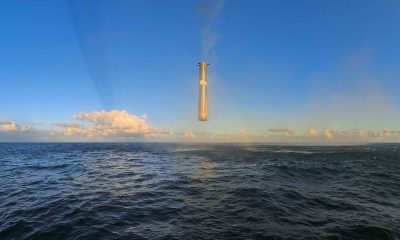
 Elon Musk2 weeks ago
Elon Musk2 weeks agoSpaceX posts Starship booster feat that’s so nutty, it doesn’t even look real
-

 Elon Musk2 weeks ago
Elon Musk2 weeks agoTesla Full Self-Driving gets an offer to be insured for ‘almost free’
-
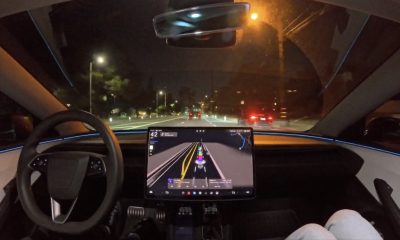
 News2 weeks ago
News2 weeks agoElon Musk confirms Tesla FSD V14.2 will see widespread rollout
-
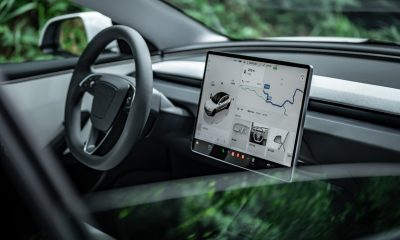
 News2 weeks ago
News2 weeks agoTesla is adding an interesting feature to its centerscreen in a coming update
-
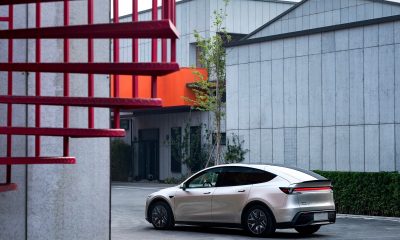
 News2 weeks ago
News2 weeks agoTesla launches new interior option for Model Y
-

 News2 weeks ago
News2 weeks agoTesla widens rollout of new Full Self-Driving suite to more owners
-
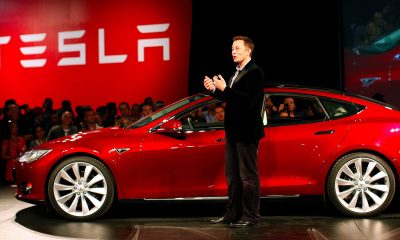
 Elon Musk2 weeks ago
Elon Musk2 weeks agoTesla CEO Elon Musk’s $1 trillion pay package hits first adversity from proxy firm
-
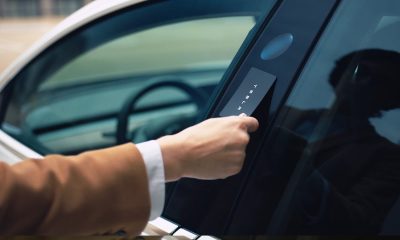
 News1 week ago
News1 week agoTesla might be doing away with a long-included feature with its vehicles

